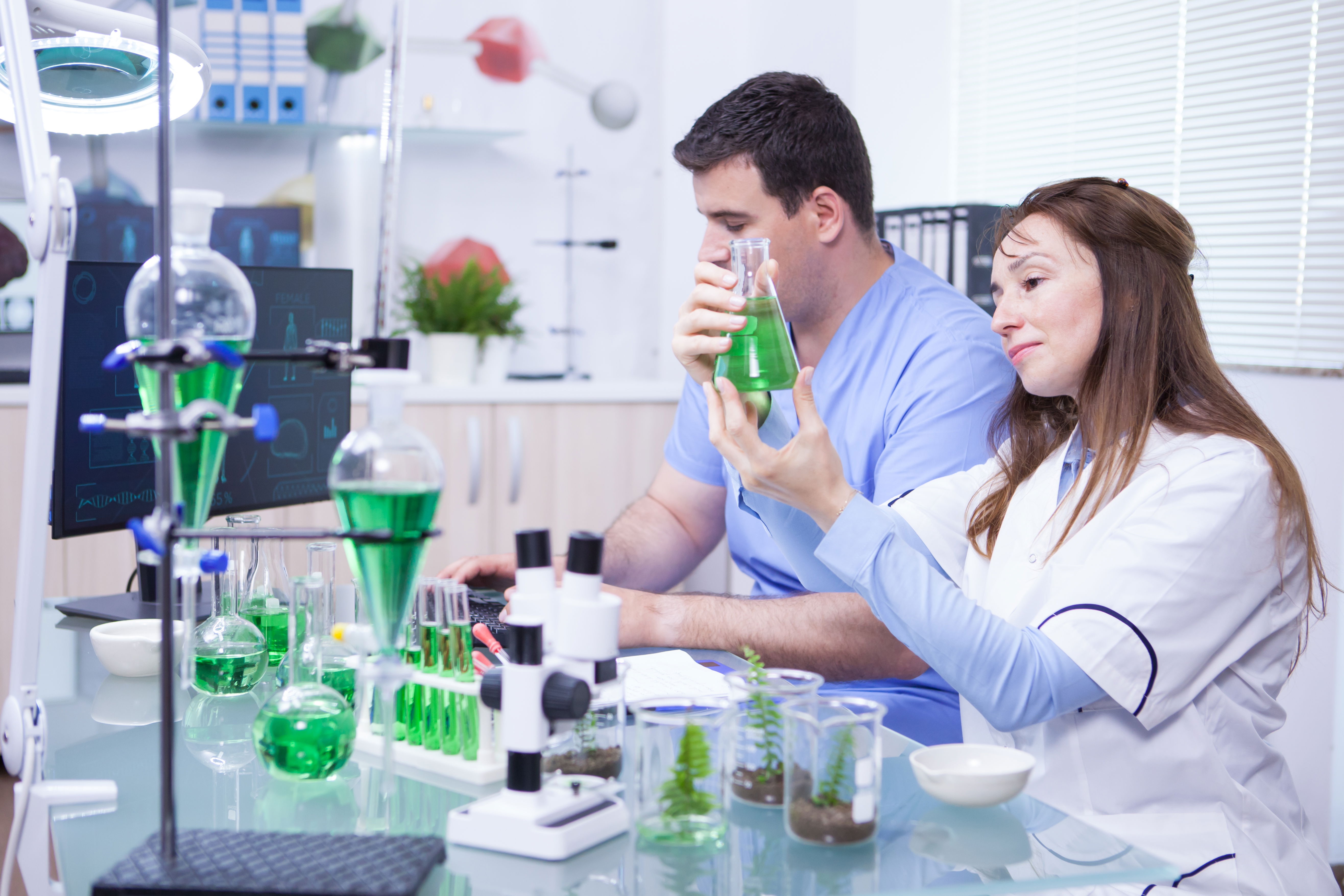Green Chemistry Solutions: Eco-Friendly Chemical Processes for Industries
Introduction to Green Chemistry Solutions
Green chemistry, also known as sustainable chemistry, designs chemical products and processes to reduce or eliminate hazardous substances, minimizing environmental impact while boosting efficiency. In 2025, with global regulations like the EU's Net Zero Industry Act and rising demand for circular economies, industries are adopting these solutions to cut waste, lower emissions, and comply with standards. The green chemicals market is projected to reach USD 124.8 billion by 2034, driven by innovations in bio-based materials and renewable processes. This article explores the 12 principles, key eco-friendly processes, industry applications, and 2025 breakthroughs, empowering professionals to implement sustainable practices.
The 12 Principles of Green Chemistry
Developed by Paul Anastas and John Warner in 1998, these principles guide safer, more efficient chemical design. They emphasize prevention over remediation, focusing on atom economy, renewable feedstocks, and catalysis.
| Principle | Description | Industrial Benefit |
|---|---|---|
| 1. Prevent Waste | Design syntheses to avoid waste generation. | It reduces cleanup costs by 20–30% in the pharmaceutical industry. |
| 2. Atom Economy | Maximize the incorporation of starter materials into products. | It boosts efficiency; for example, BASF's processes save 10% feedstock. |
| 3. Less Hazardous Synthesis | Use safer reagents and processes. | The product lowers worker exposure; Evonik's polymers reduce toxicity. |
| 4. Design Safer Chemicals | Create products with minimal toxicity. | Safer consumer goods: DuPont's bio-based alternatives. |
| 5. Safer Solvents/Auxiliaries | Use benign solvents like water or supercritical CO₂. | Lonza's biotech solutions reduce VOC emissions by 50%. |
| 6. Energy Efficiency | Minimize energy use in processes. | It reduces costs; for example, microwave-assisted reactions save 70% energy. |
| 7. Renewable feed stocks | Use biomass over petroleum. | Mitsubishi supports the circular economy through its bio-naphtha product. |
| 8. Reduce Derivatives | Minimize unnecessary steps. | It speeds up production and reduces waste in agrochemicals. |
| 9. Catalysis | Use catalysts to enhance efficiency. | Enzyme catalysis in biodiesel lowers costs. |
| 10. Design for Degradation | Ensure products break down safely. | The product reduces microplastics and uses biodegradable PBS films. |
| 11. Real-Time Pollution Prevention | Monitor to prevent releases. | The system enhances compliance by utilizing AI sensors in real-time analytics. |
| 12. Inherently Safer Chemistry | Choose safer processes over accident-prone ones. | Mechanochemistry enhances safety by avoiding the use of solvents. |
These principles align with UN SDGs, bridging sustainability across sectors.
Eco-Friendly Chemical Processes
Green processes replace hazardous methods with benign alternatives, emphasizing catalysis, bio-based solvents, and waste minimization.
1. Bio-Based Synthesis
- The process uses enzymes, microbes, or plant extracts for reactions. Example: Fermentation converts agricultural waste into carbon dots for CO₂ capture.
- Benefit: Reduces toxicity; 2025 innovations like engineered E. coli produce PDCA plastics.
2. Supercritical Fluids
- Solvents like scCO₂ (supercritical carbon dioxide) enable solvent-free extractions. It is used in decaffeination and is recyclable with zero net carbon.
- Benefit: Low vapor pressure; cuts energy by 50% in polymerizations.
3. Mechanochemistry
- We provide solvent-free, room-temperature grinding for reactions. This material is ideal for pharmaceuticals; it increases atom economy.
- Benefit: Ambient conditions reduce energy; scalable for APIs.
4. Ionic Liquids
- We offer tunable, low-volatility solvents for separations. Applications in biodiesel will be available by 2025.
- Benefit: Recyclable; minimizes waste.
5. Green Solvents
- Bio-based substances like d-limonene (from citrus) replace VOCs. Alliance Chemical's vinegar solutions for cleaning.
- Benefit: Biodegradable; compliant with REACH.

Industry Applications
Green chemistry spans sectors, reducing impacts while enhancing competitiveness.
1. Pharmaceuticals
- Biocatalysis for drug synthesis; e.g., Lonza's green processes cut waste 40%.
- 2025 Update: AI-optimized routes for APIs, aligning with FDA's green guidelines.
2. Manufacturing and Chemicals
- BASF's eco-polymers; Dow's solvent-free coatings.
- Benefit: 15% emission cuts; supports NZIA.
3. Agriculture
- Nano-fertilizers from green synthesis; biodegradable pesticides.
- Benefit: 20% yield boost with less runoff.
4. Consumer Goods
- We use biodegradable packaging, such as PHA films.
- Benefit: Meets EPR; consumer preference for eco-products (15% market share in 2020).
5. Energy
- Green electrolytes for batteries; supercritical processes for biofuels.
- Benefit: Supports net-zero; CO₂ repurposing as refrigerant (15% impact reduction).
2025 Innovations and Case Studies
- Bio-Based Chemicals: Market to $15.6B by 2035; e.g., Mitsubishi's bio-PX for PET bottles.
- Enzyme Catalysis: Converts waste to value, e.g., 5-hydroxymethylfurfural from biomass.
- Case Study: Evonik: Eco-polymers reduce toxicity; 2025 expansion in green feedstocks.
- EPA Awards: 2025 recognizes innovations in waste prevention.
Challenges and Solutions
- Cost: 2–3x higher initially. Solution: Scale-up and incentives (e.g., tax credits).
- Scalability: Lab-to-industrial gaps. Solution: Pilots like ACS Roundtables.
- Regulation: Compliance burdens. Solution: Tools like P2OASys for assessments.
Practical Implementation Tips
- Assess Processes: Use QCAT for chemical evaluations.
- Adopt Solvents: Switch to d-limonene for cleaning.
- Train Teams: ACS courses on principles (~$50).
- Partner: Join Industrial Symbiosis for waste sharing.
The Future of Green Chemistry
By 2035, green processes could repurpose CO₂ in 30% of chemicals, per IPCC. AI and biotech will optimize designs, with events like GC&E 2025 fostering collaboration.
Conclusion
Green chemistry solutions, based on 12 principles, provide environmentally friendly methods such as biosynthesis and supercritical fluids, helping industries become more sustainable With 2025 innovations from BASF to Evonik, adoption cuts waste and emissions while driving growth. Implement via assessments and partnerships to build resilient operations. Explore ACS resources and join the green revolution for a healthier planet.